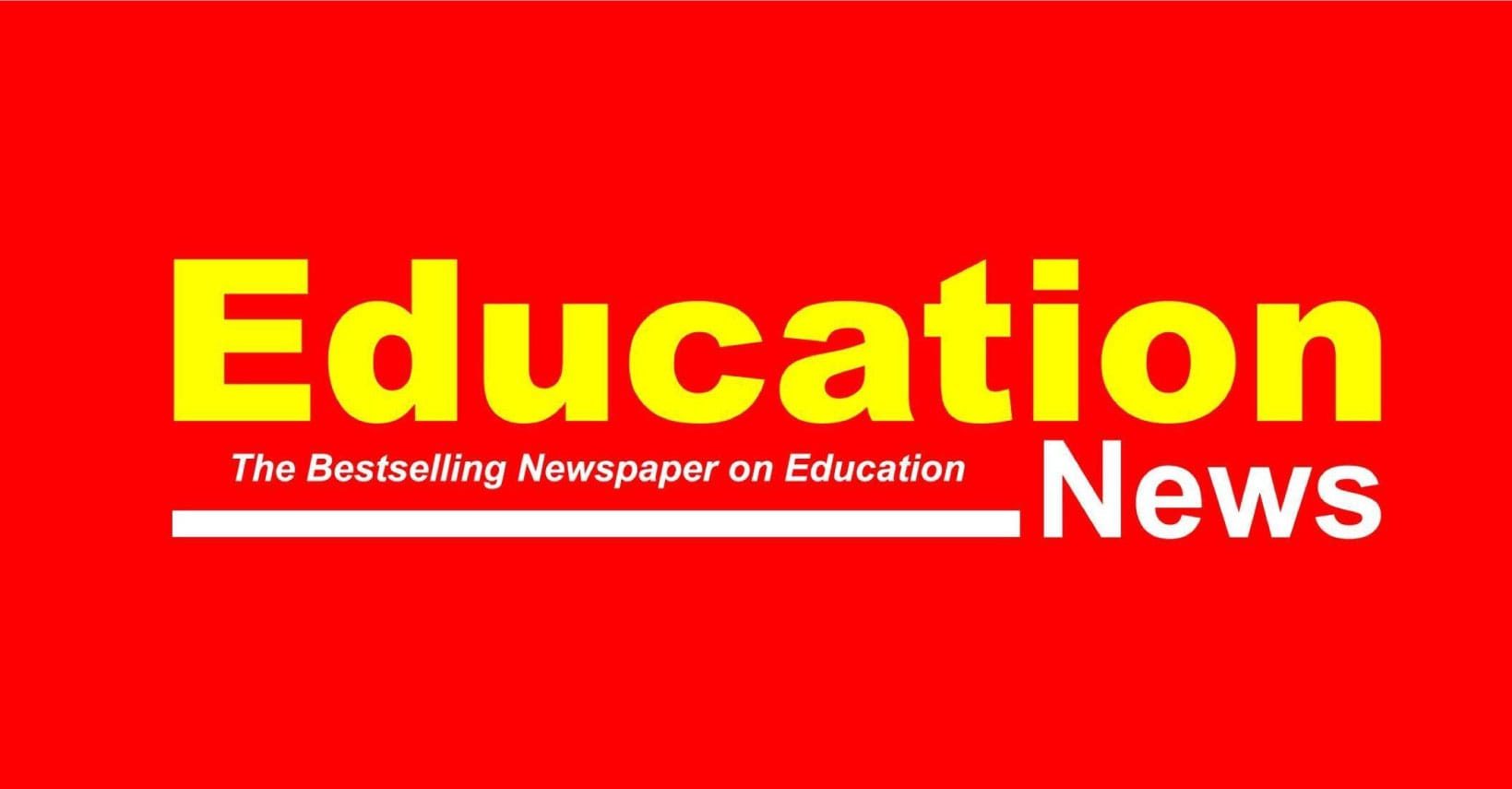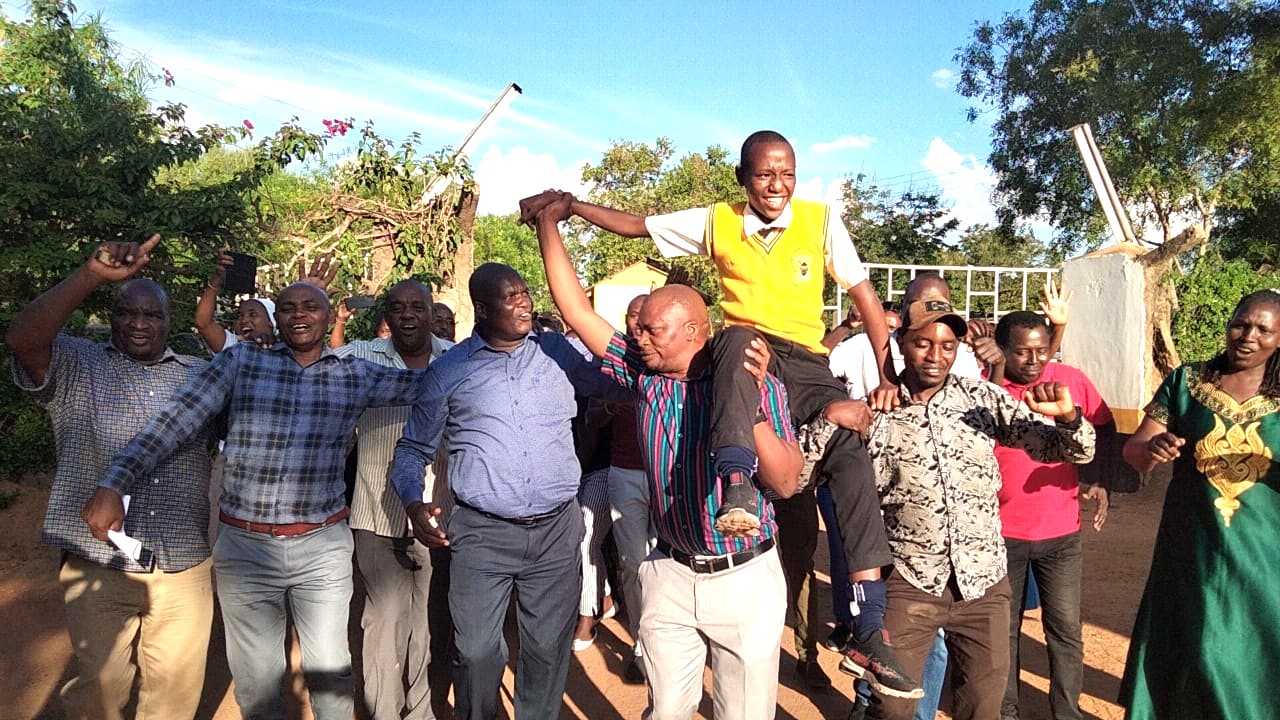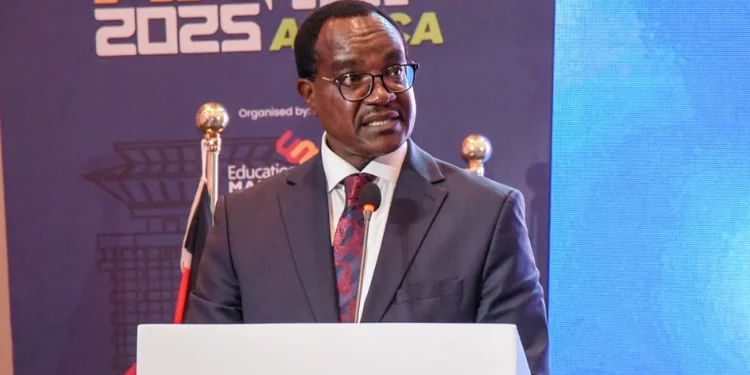The introduction of the Competency-Based Curriculum (CBC) in Kenya has brought with it one of the most transformative shifts in the country’s education system – the establishment of career pathways in senior schools. This reform, targeting learners in Grades 10 to 12, moves away from the traditional one-size-fits-all model of secondary education and ushers in an approach where individual talents, strengths, and career aspirations take centre stage. It is a deliberate departure from the rigid, exam-focused learning of the past, towards a system that nurtures competencies, creativity and lifelong skills.
In the CBC framework, the journey to senior school begins in Grade 9, where learners undergo a comprehensive assessment that combines school-based evaluations from earlier junior secondary years with a national summative test known as the Kenya Junior Secondary Education Assessment (KJSEA). This assessment is not meant to act solely as a gatekeeping examination but to provide a holistic profile of a learner’s performance, interests, and aptitudes. Based on this profile, and guided by structured career counselling, students are placed into one of three broad pathways: Science, Technology, Engineering and Mathematics (STEM); Arts and Sports Science; or Social Sciences. Placement is also determined by available infrastructure in schools, regional needs and the learner’s own preferences.
The STEM pathway is perhaps the most widely recognised, focusing on academic and technical disciplines that drive innovation and industrial growth. It covers pure sciences like physics, chemistry, biology, as well as applied sciences and technical areas such as engineering, aviation and geospatial technology. Learners in this pathway typically have an aptitude for problem-solving, logical reasoning and analytical thinking. This route prepares them for careers in medicine, engineering, information technology, biotechnology, data science, architecture and other technical professions. CBC’s design ensures that these learners are not only taught theoretical concepts but are also engaged in practical, hands-on projects that mirror real-world applications.
ALSO READ;
The snake in the staffroom: When teachers poison the well-meaning colleagues
The Arts and Sports Science pathway caters to learners with talents and interests in the creative and performance fields. It embraces subjects such as music, drama, dance, fine arts, graphic design, creative writing, sports science and media production. Unlike the traditional system that often treated these areas as extracurricular, CBC places them on equal footing with academic disciplines. This pathway seeks to cultivate creativity, self-expression and discipline while also opening doors to professional opportunities as musicians, visual artists, actors, athletes, coaches, content creators and media professionals. Schools offering this pathway are expected to invest in facilities like studios, theatres, sports complexes, and art workshops to provide the right environment for learners to thrive.
The Social Sciences pathway addresses the human and societal dimension of knowledge. It includes humanities such as history, geography, philosophy, economics, business studies, political science and languages. Learners drawn to this pathway are often inclined towards critical thinking, social analysis, communication and leadership. The pathway produces future lawyers, teachers, diplomats, economists, sociologists, public administrators, journalists and community leaders. Here, the CBC approach emphasizes research skills, ethical reasoning and active citizenship, ensuring that graduates can contribute meaningfully to society’s governance, economic planning and cultural preservation.
Schools under CBC senior school classification are not uniform. Some are triple-pathway institutions, offering all three options, while others are dual-pathway schools that provide any two of the three. This classification depends largely on infrastructure, teacher expertise, and available resources. Additionally, schools are categorised by gender intake – either mixed or single-sex – as well as by accommodation type, whether day, boarding, or hybrid. Importantly, schools also have provision for special needs learners, ensuring inclusivity in career pathway opportunities. From January 2026, a revised categorisation system will further refine senior school specialisation, with government-led upgrades in facilities and staffing to align schools to their designated pathways.
An important feature of the CBC career pathways is that they are not meant to trap learners in early decisions. While the system encourages careful selection of a pathway based on strengths and aspirations, it recognises that interests may evolve over time. Transfers between pathways are possible, though ideally made early to avoid academic disruption. Career guidance, therefore, is central to the success of the model. Learners are subjected to psychometric tests and interest inventories, and they engage in counselling sessions with teachers and parents to make informed decisions. This marks a significant improvement over the past, where career choices were often based solely on KCSE scores without much attention to individual passions or talents.
ALSO READ;
Auditor General exposes Bursary Fund mismanagement in seven counties
Critically, the CBC pathways prepare learners for diverse post-secondary options. While STEM graduates may proceed to university courses in engineering or medicine, Arts and Sports learners can advance to conservatories, art colleges, or sports academies, and Social Sciences students can pursue degrees in law, international relations, or education. The CBC also keeps the door open for those wishing to enter vocational and technical training, recognising that not all success is defined by university education. By aligning secondary education with Kenya’s Technical and Vocational Education and Training (TVET) system, CBC ensures that learners can transition seamlessly into skilled trades, entrepreneurship, or creative industries.
The philosophy underpinning these pathways is grounded in the idea that education should be relevant to the learner and to the socio-economic needs of the country. Kenya’s Vision 2030 and its focus on industrialisation, knowledge-based economies, and creative industries require a workforce that is both specialised and adaptable. By streamlining learners into areas where they can excel, CBC aims to produce graduates who are not only employable but capable of creating jobs and driving innovation. This is a stark contrast to the traditional system that often churned out graduates with generalised knowledge but limited practical skills.
Nonetheless, the success of CBC’s career pathways will depend heavily on implementation. Adequate facilities, well-trained teachers, and strong partnerships between schools, industries, and higher learning institutions will be necessary. There is also a need to address equity concerns so that learners in rural and under-resourced areas have the same access to specialised pathways as those in urban centres. Without careful attention to resource allocation, there is a risk of creating educational inequality where some pathways become the preserve of well-funded schools.
In essence, the CBC senior school pathways represent an ambitious reimagining of secondary education in Kenya. They acknowledge that learners are different, with diverse talents and future dreams, and they create space for those differences to be nurtured. By integrating academic, technical, creative, and social competencies, the system aims to produce well-rounded individuals capable of thriving in an ever-changing world. It is a bold step, one that requires patience, sustained investment, and collaboration between all education stakeholders. If implemented effectively, it will not only transform the lives of learners but also shape the future of Kenya’s economy and society.
By Ashford Kimani
Ashford teaches English and Literature in Gatundu North Sub County and serves as Dean of Studies.
You can also follow our social media pages on Twitter: Education News KE and Facebook: Education News Newspaper for timely updates.
>>> Click here to stay up-to-date with trending regional stories
>>> Click here to read more informed opinions on the country’s education landscape






